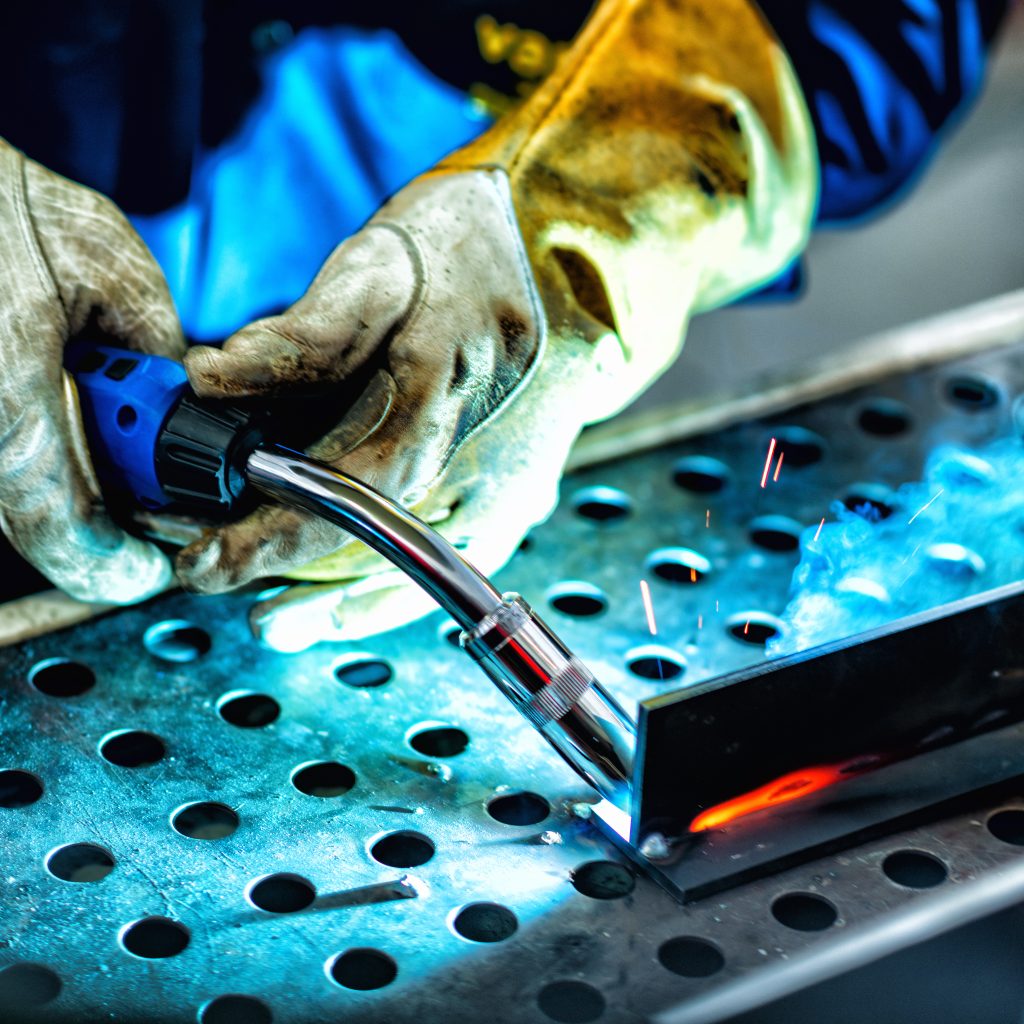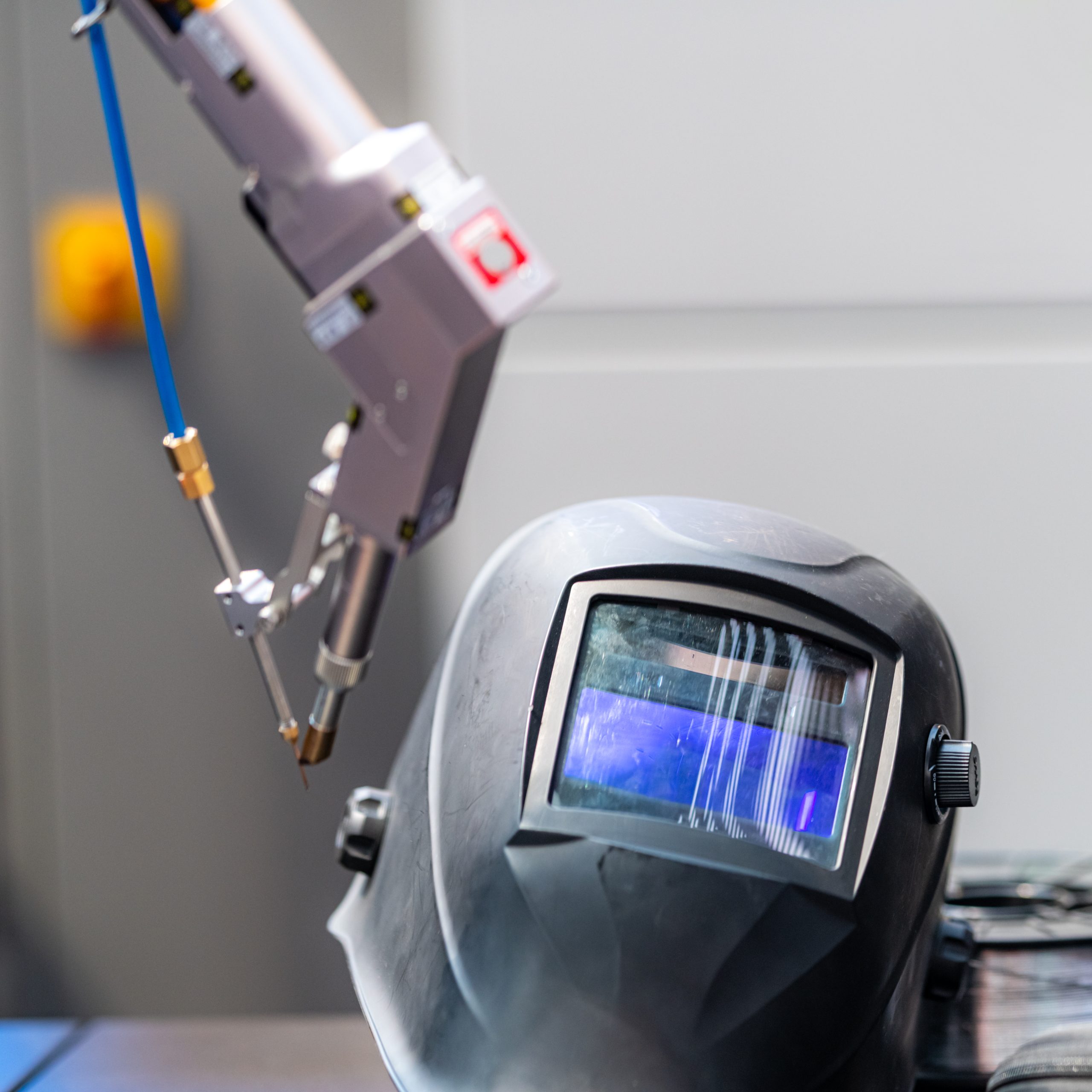Welding

Introduction to Welding
Fusing Strength with Skill
Welding is a fabrication process that joins materials—usually metals or thermoplastics—by using high heat to melt the parts together and allowing them to cool, causing fusion. It is a critical technique in construction, manufacturing, automotive, aerospace, and many other industries. There are various types of welding methods, such as MIG, TIG, Stick, and Arc welding, each suited for specific applications and materials. Skilled welders play a vital role in ensuring structural integrity and safety in everything from buildings and bridges to pipelines and machinery.
With advancements in technology, modern welding now incorporates robotics and automation, enhancing precision and productivity. Continuous training and safety standards are essential to maintain quality and protect workers on the job.
Course Objectives
Featured Courses
To equip learners with the fundamental knowledge and hands-on skills required in various welding techniques, safety procedures, and industry standards, preparing them for entry-level positions or advanced certification in the welding field.
- Basic Welding: Learn essential welding skills and safety.
- Advanced Welding: Master advanced welding techniques.
- MIG Welding: Focus on MIG welding for fabrication.
- TIG Welding: Develop precision in TIG welding.
- Welding Safety: Understand safety and inspection standards.

What Will You Learn?
In this course, you will master essential welding techniques, including MIG, TIG, and safety practices, preparing you for real-world welding jobs.

How to Get Started
To begin the NCCER Flagging course, enroll through an NCCER-accredited training center or provider. The course is suitable for new or experienced workers looking to meet job site safety standards. No prior experience is required—just a focus on safety and a willingness to learn proper traffic control procedures.
- Course Duration: 6 weeks
- Mode of Delivery: Online (Self-paced with Live Instructor Sessions)
- Cost:.



